Intended Use
Lactose Broth (DM527) is recommended for the detection of coliform bacteria in water, foods, dairy products as per Standard Methods.
Product Summary and Explanation
Examination of water, foods, ingredients and raw materials, for the presence of marker groups such as coliforms is one of the most common tests in a microbiology laboratory, partly because of the relative ease and speed with which these tests can be accomplished. Where it is claimed that drinking water has been processed for safety, the finding of such organism demonstrate a failure of the process. It is a valuable bacterial indicator for determining the extent of fecal contamination of recreational surface waters or drinking water.(1)
Lactose Broth was formulated in accordance with recommendations of the American Public Health Association (APHA) and the American Water Works Association for testing dairy products and water for the presence of coliform organisms. (2-4) This medium was, but no longer is, listed as an alternative to Lauryl Sulfate Broth in the presumptive portion of the Standard Total Coliform Multiple-Tube (MPN) Test for water analysis provided that it had been demonstrated not to increase the frequency of false-positives nor mask coliforms. (5) Although it is not the original formulation, Lactose Broth provides excellent results in Eijkman Assays of gas production at 45°C, which is a characteristic of Escherichia coli. While preparing this medium it is important to avoid overheating and to distribute it into tubes before sterilization. It is one of the recommended media in the Compendium of Methods for the Microbiological Examination of Foods for pre-enrichment when Salmonella organisms are suspected in foods. (3)
Principles of the Procedure
Lactose Broth contains peptic digest of animal tissue and beef extract which provides carbon, nitrogen, amino acids and other essential nutrients for bacterial metabolism. Lactose is a fermentable carbohydrate for the coliforms.
Formula / Liter
| Ingredients | : Gms / Liter |
| Peptic digest of animal tissue | : 5.00 |
| Beef extract | : 3.00 |
| Lactose | : 5.00 |
| Final pH: 6.9 + 0.2 at 25°C | |
| Formula may be adjusted and/or supplemented as required to meet performance specifications | |
Precautions
1. For Laboratory Use only.
2. IRRITANT. Irritating to eyes, respiratory system, and skin.
3. Ensure that the fermentation tubes are free from air bubbles before inoculation.
4. Large water samples may require double-strength lactose broth to reduce the final volumes. Do not overheat double-strength broth or inhibitory products will be produced.
Directions
1. Suspend 13 grams of the medium in one liter of distilled water.
2. Heat if necessary to dissolve the medium completely.
3. For larger inocula (10 ml or more), concentrated medium may be prepared to account for medium dilution by the inoculum. Dispense in tubes containing inverted fermentation vial (Durhams tube) as desired.
4. Autoclave at 121°C, 15 psi pressure, for 15 minutes / validated cycle.
Quality Control Specifications
| Dehydrated Appearance | : Cream to yellow homogeneous free flowing powder |
| Prepared Medium | : Light to medium amber coloured clear solution without any precipitate |
| Reaction of 1.3% Solution | : pH 6.9 + 0.2 at 25°C |
| Gel Strength | : Not Applicable |
Expected Cultural Response: Cultural characteristics observed after an incubation at 35-37°C for 18-48 hours.
| Sr. No. |
Organisms | Results to be achieved | ||
| Inoculum (CFU) | Growth | Gas | ||
| 1. | Enterobacter aerogenes ATCC 13048 | 50-100 | good-luxuriant | positive reaction |
| 2. | Enterococcus faecalis ATCC 29212 | 50-100 | good-luxuriant | negative reaction |
| 3. | Escherichia coli ATCC 25922 | 50-100 | good-luxuriant | positive reaction |
| 4. | Pseudomonas aeruginosa ATCC 27853 | 50-100 | good-luxuriant | negative reaction |
| 5. | Pseudomonas aeruginosa ATCC 9027 | 50-100 | good-luxuriant | — |
| 6. | Escherichia coli ATCC 8739 | 50-100 | good-luxuriant | positive reaction |
| 7. | Escherichia coli NCTC 9002 | 50-100 | good-luxuriant | positive reaction |
The organisms listed are the minimum that should be used for quality control testing.
Test Procedure
1. Tubes of Lactose Broth are inoculated with dilutions of water or milk, etc. under test, and incubated at 35°C and examined for gas formation after 24 and 48 hours.
2. Members of the coliform group are defined as aerobic and facultative anaerobic gram-negative and non-sporing bacilli, which ferment lactose with gas formation within 48 hours at 35°C.
3. Refer appropriate references for standard test procedures.
Results
1. After incubation at 35 ± 2°C for 24 ± 2 hours, examine tubes for turbidity and for gas production in the Durham tubes. If no gas has formed and been trapped in the inverted tube, reintubate and reexamine after 48 ± 3 hours.
2. Turbidity of the medium accompanied by formation of gas in any amount in the Durham tubes within 48 ± 3 hours is a positive presumptive test for the presence of coliforms in the sample. The result should be confirmed by additional standard testing.
3. Refer appropriate references and procedures for interpretation of results.
Storage
Store the sealed bottle containing the dehydrated medium at 0 – 30°C. Once opened and recapped, place container in a low humidity environment at the same storage temperature. Protect from moisture and light.
Expiration
Refer to the expiration date stamped on the container. The dehydrated medium should be discarded if not free flowing, or if the appearance has changed from the original color. Expiry applies to medium in its intact container when stored as directed.
Limitations of the Procedure
1. For identification, organisms must be in pure culture. Morphological, biochemical and/or serological tests should be performed for final identification.
2. Consult appropriate texts for detailed information and recommended procedures.

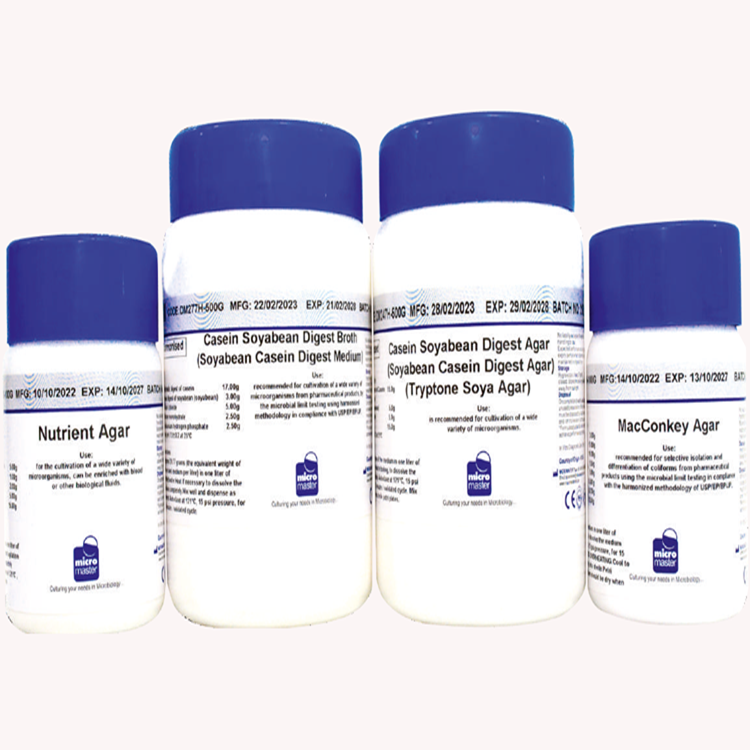
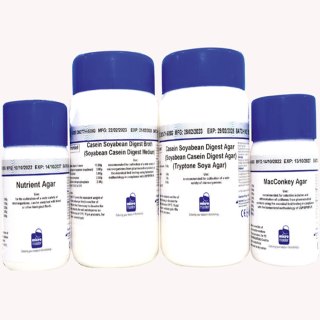
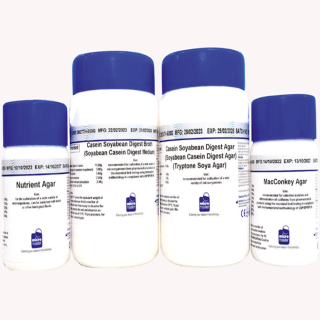


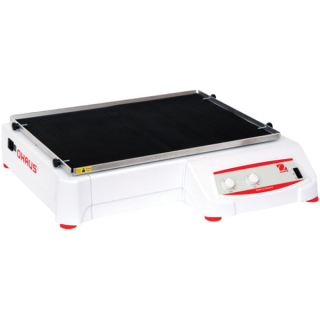
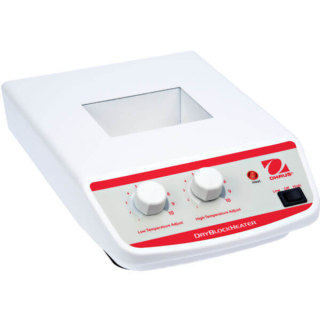
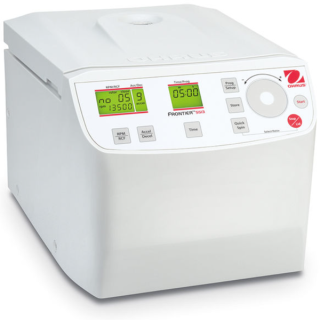
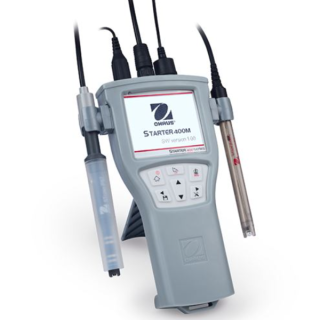
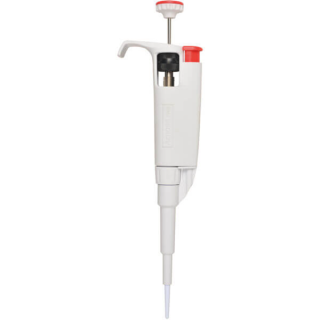
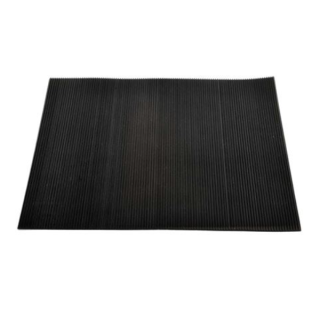
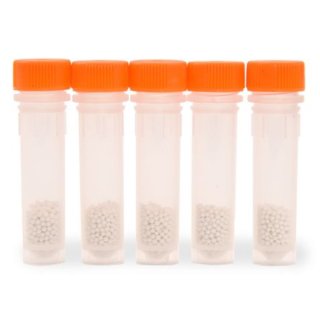
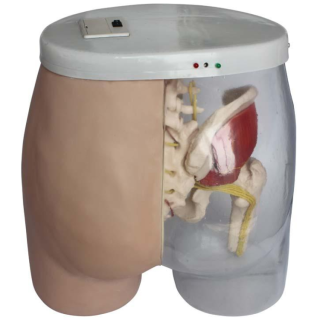


Reviews
There are no reviews yet.